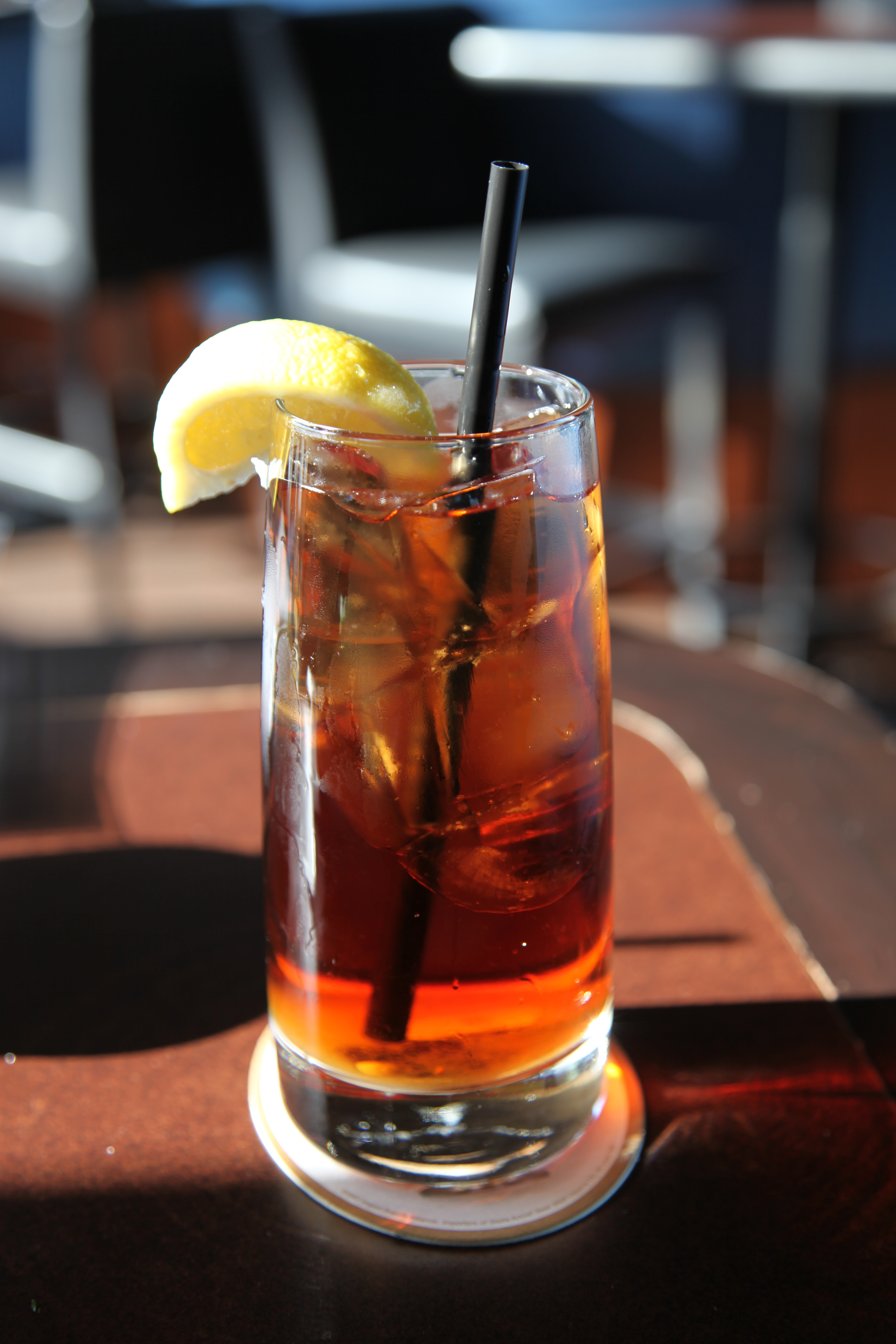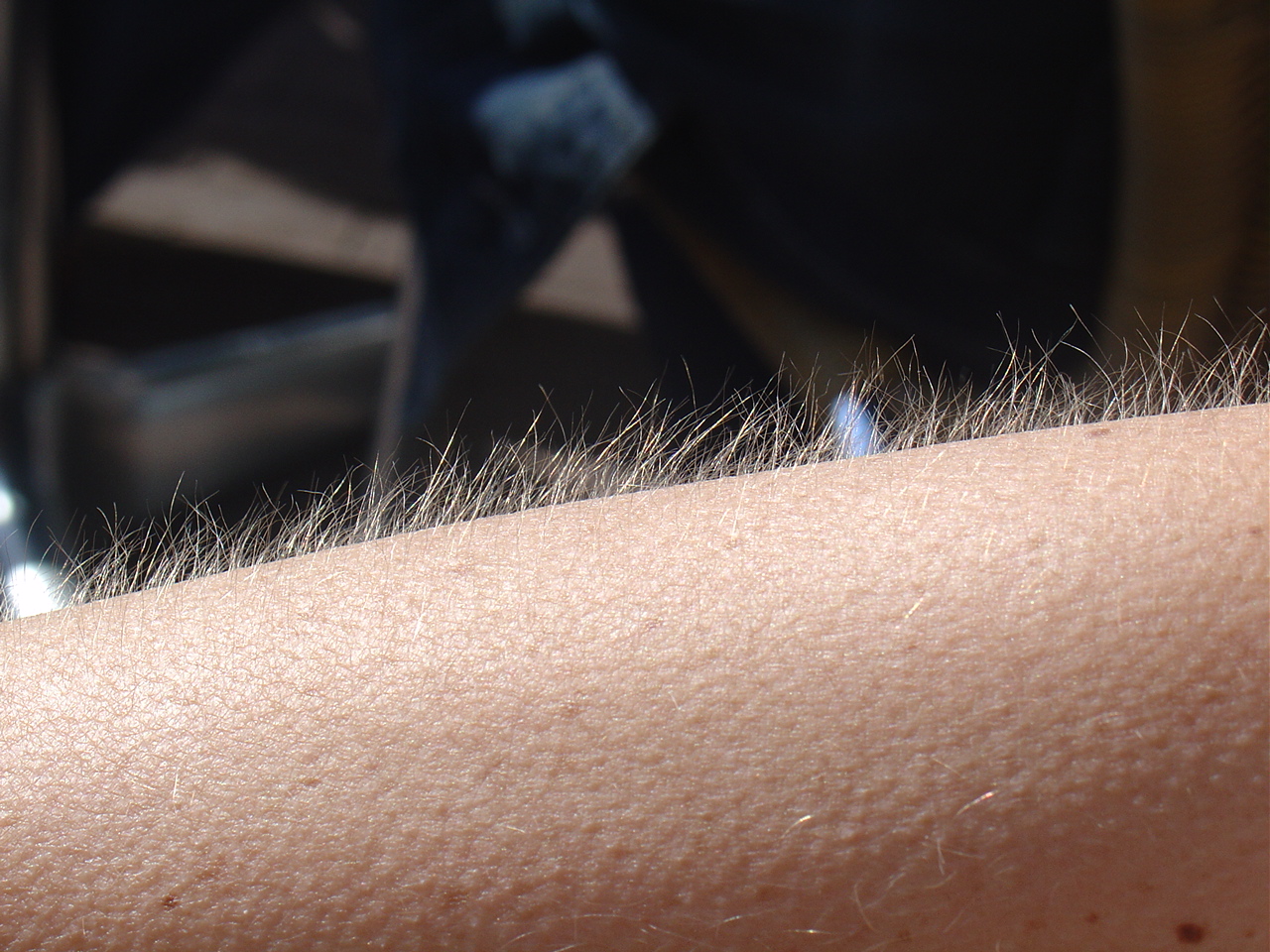|
Cold Brew Tea
Cold brew tea is tea steeped in cold or room temperature water for an extended period of time. The process brews the tea leaves slowly, using time rather than temperature to release the flavors. Cold brewing tea is a practice which comes from Japan Japan is an island country in East Asia. Located in the Pacific Ocean off the northeast coast of the Asia, Asian mainland, it is bordered on the west by the Sea of Japan and extends from the Sea of Okhotsk in the north to the East China Sea ..., where it is believed to gently extract flavors from the tea, as hotter brewing can scorch the tea, creating a bitter taste. Method The ratio of tea to water is typically 40% tea to 60% water depending on the desired strength. Cold brewing requires a much higher quantity of tea to ensure that enough flavor is extracted into the water. The steeped tea is usually left to brew in room temperature or refrigeration for 16–24 hours. Chemical composition Cold brewed white tea is shown to h ... [...More Info...] [...Related Items...] OR: [Wikipedia] [Google] [Baidu] |
Steeping
Steeping is the soaking of an organic solid, such as leaves, in a liquid (usually water) to extract flavours or to soften it. The specific process of teas being prepared for drinking by leaving the leaves in heated water to release the flavour and nutrients is known as steeping. Herbal teas may be prepared by decoction, infusion, or maceration. Some solids are soaked to remove an ingredient, such as salt, where the solute is not the desired product. Corn One example is the steeping of corn (or maize), part of the milling process. As described by the US Corn Refiners Association, harvested kernels of corn are cleaned and then steeped in water at a temperature of for 30 to 40 hours. In the process their moisture content rises from 15% to 45% and their volume more than doubles. The gluten bonds in the corn are weakened and starch is released. The corn is then ground to break free the germ and other components, and the water used (steepwater), which has absorbed various n ... [...More Info...] [...Related Items...] OR: [Wikipedia] [Google] [Baidu] |
Japan
Japan is an island country in East Asia. Located in the Pacific Ocean off the northeast coast of the Asia, Asian mainland, it is bordered on the west by the Sea of Japan and extends from the Sea of Okhotsk in the north to the East China Sea in the south. The Japanese archipelago consists of four major islands—Hokkaido, Honshu, Shikoku, and Kyushu—and List of islands of Japan, thousands of smaller islands, covering . Japan has a population of over 123 million as of 2025, making it the List of countries and dependencies by population, eleventh-most populous country. The capital of Japan and List of cities in Japan, its largest city is Tokyo; the Greater Tokyo Area is the List of largest cities, largest metropolitan area in the world, with more than 37 million inhabitants as of 2024. Japan is divided into 47 Prefectures of Japan, administrative prefectures and List of regions of Japan, eight traditional regions. About three-quarters of Geography of Japan, the countr ... [...More Info...] [...Related Items...] OR: [Wikipedia] [Google] [Baidu] |
White Tea
White tea may refer to one of several styles of tea which generally feature young or minimally processed leaves of the ''Camellia sinensis'' plant. Currently there is no generally accepted definition of white tea and very little international agreement on how it can be defined. Some sources use the term to refer tea that is merely dried with no additional processing. Therefore, white tea is very close to the natural state of the tea plant. Other sources use the term to refer to tea made from the buds and immature tea leaves picked shortly before the buds have fully opened and traditionally allowed to wither and dry under the sun, while others include tea buds and very young leaves which have been steamed or fired before drying. Most definitions agree, however, that white tea is not rolled or oxidized, resulting in a flavor characterized as "lighter" than most green tea, green or traditional black teas. In spite of its name, brewed white tea is pale yellow. Its name derives fr ... [...More Info...] [...Related Items...] OR: [Wikipedia] [Google] [Baidu] |
Flavonoid
Flavonoids (or bioflavonoids; from the Latin word ''flavus'', meaning yellow, their color in nature) are a class of polyphenolic secondary metabolites found in plants, and thus commonly consumed in the diets of humans. Chemically, flavonoids have the general structure of a 15-carbon skeleton, which consists of two phenyl rings (A and B) and a Heterocyclic compound, heterocyclic ring (C, the ring containing the embedded oxygen). This carbon structure can be abbreviated C6-C3-C6. According to the IUPAC nomenclature, they can be classified into: *flavonoids or bioflavonoids *isoflavonoids, derived from 3-phenylchromone, chromen-4-one (3-phenyl-1,4-benzopyran, benzopyrone) structure *neoflavonoids, derived from 4-phenylcoumarin (4-phenyl-1,2-benzopyran, benzopyrone) structure The three flavonoid classes above are all ketone-containing compounds and as such, anthoxanthins (flavones and flavonols). This class was the first to be termed bioflavonoids. The terms flavonoid and bioflavo ... [...More Info...] [...Related Items...] OR: [Wikipedia] [Google] [Baidu] |
Cold Brew Coffee
Cold brew coffee, also called cold water extraction or cold pressing, is a type of coffee prepared by the process of steeping coffee grounds in water at cool temperatures for an extended period. Coarse-ground beans are soaked in water for 12 to 24 hours. The water is normally kept at room temperature, but chilled water can be used. After the grounds have been steeped, they are filtered out of the water using a paper coffee filter, or a fine metal sieve (e.g. in a French press), or felt. The result is a coffee concentrate that is diluted with water or milk, and is sometimes served hot, but often served chilled, over ice, or blended with ice and other ingredients such as chocolate. History The Dutch introduced cold brew coffee to Japan, where it has been a traditional method of coffee brewing for centuries. Slow-drip cold brew refers to a process in which water is dripped through coffee grounds at room temperature over the course of many hours. It has been called "Kyoto-style", ... [...More Info...] [...Related Items...] OR: [Wikipedia] [Google] [Baidu] |
Sun Tea
Iced tea (or ice tea) is a form of cold tea. Though it is usually served in a glass with ice, it can refer to any tea that has been chilled or cooled. It may be sweetened with sugar or syrup, or remain unsweetened. Iced tea is also a popular packaged drink, normally mixed with fruit-flavored syrup such as lemon, raspberry, lime, passion fruit, peach, orange, strawberry, blueberry, mango, and cherry. While most iced teas get their flavor from tea leaves (''Camellia sinensis''), herbal teas are sometimes served cold and referred to under the same categorical name. ''Sun tea'' is made by a particularly long steeping of tea leaves at a lower temperature (one hour in the sun, versus five minutes at . Cultural variations Canada In Canada "iced tea" commonly refers to a presweetened tea drink similar to "sweet tea" in the southern United States. The variety most broadly available is sweetened with lemon juice. Because of a large Chinese and especially Hong Kong diaspora, Hong Kong ... [...More Info...] [...Related Items...] OR: [Wikipedia] [Google] [Baidu] |
Cold Drinks
Cold is the presence of low temperature, especially in the atmosphere. In common usage, cold is often a subjective perception. A lower bound to temperature is absolute zero, defined as 0.00K on the Kelvin scale, an absolute thermodynamic temperature scale. This corresponds to on the Celsius scale, on the Fahrenheit scale, and on the Rankine scale. Since temperature relates to the thermal energy held by an object or a sample of matter, which is the kinetic energy of the random motion of the particle constituents of matter, an object will have less thermal energy when it is colder and more when it is hotter. If it were possible to cool a system to absolute zero, all motion of the particles in a sample of matter would cease and they would be at complete rest in the classical sense. The object could be described as having zero thermal energy. Microscopically in the description of quantum mechanics, however, matter still has zero-point energy even at absolute zero, because ... [...More Info...] [...Related Items...] OR: [Wikipedia] [Google] [Baidu] |
Japanese Drinks
Japanese may refer to: * Something from or related to Japan, an island country in East Asia * Japanese language, spoken mainly in Japan * Japanese people, the ethnic group that identifies with Japan through ancestry or culture ** Japanese diaspora, Japanese emigrants and their descendants around the world * Japanese citizens, nationals of Japan under Japanese nationality law ** Foreign-born Japanese, naturalized citizens of Japan * Japanese writing system, consisting of kanji and kana * Japanese cuisine, the food and food culture of Japan See also * List of Japanese people * * Japonica (other) * Japanese studies , sometimes known as Japanology in Europe, is a sub-field of area studies or East Asian studies involved in social sciences and humanities research on Japan. It incorporates fields such as the study of Japanese language, history, culture, litera ... {{disambiguation Language and nationality disambiguation pages ... [...More Info...] [...Related Items...] OR: [Wikipedia] [Google] [Baidu] |


